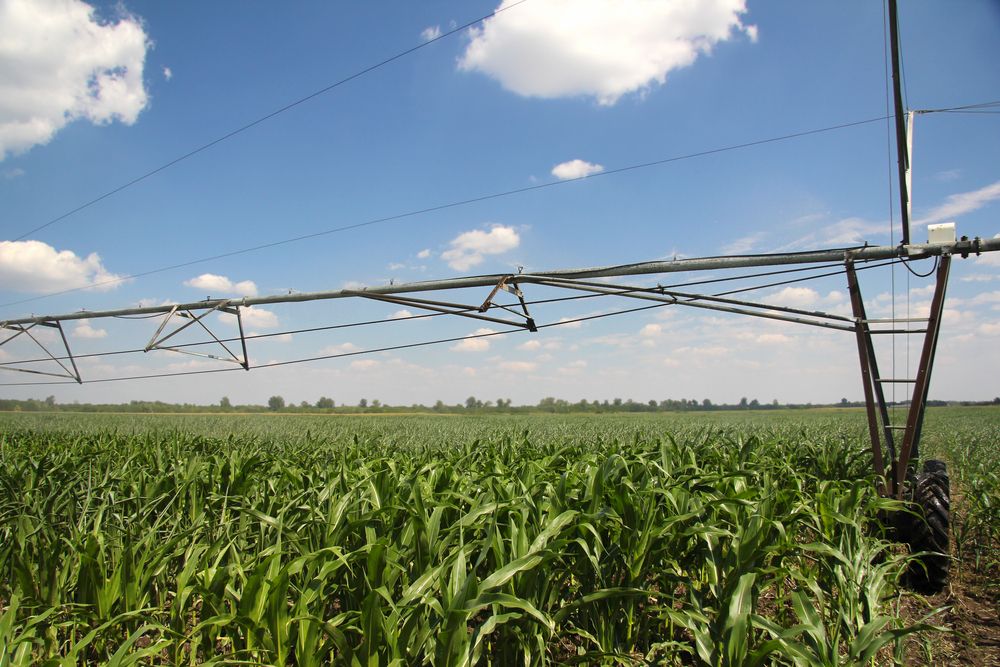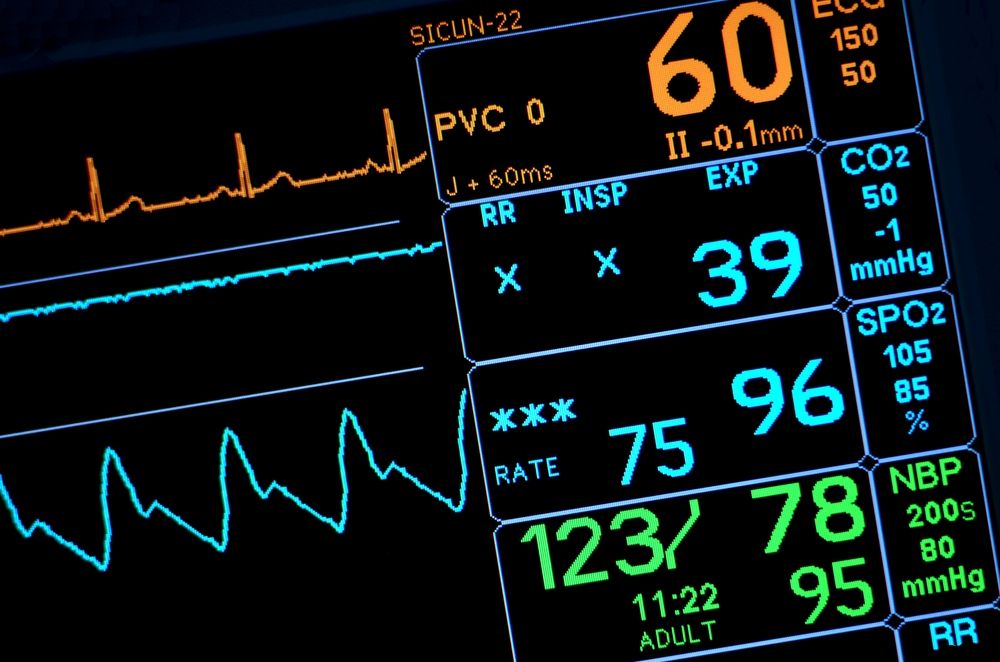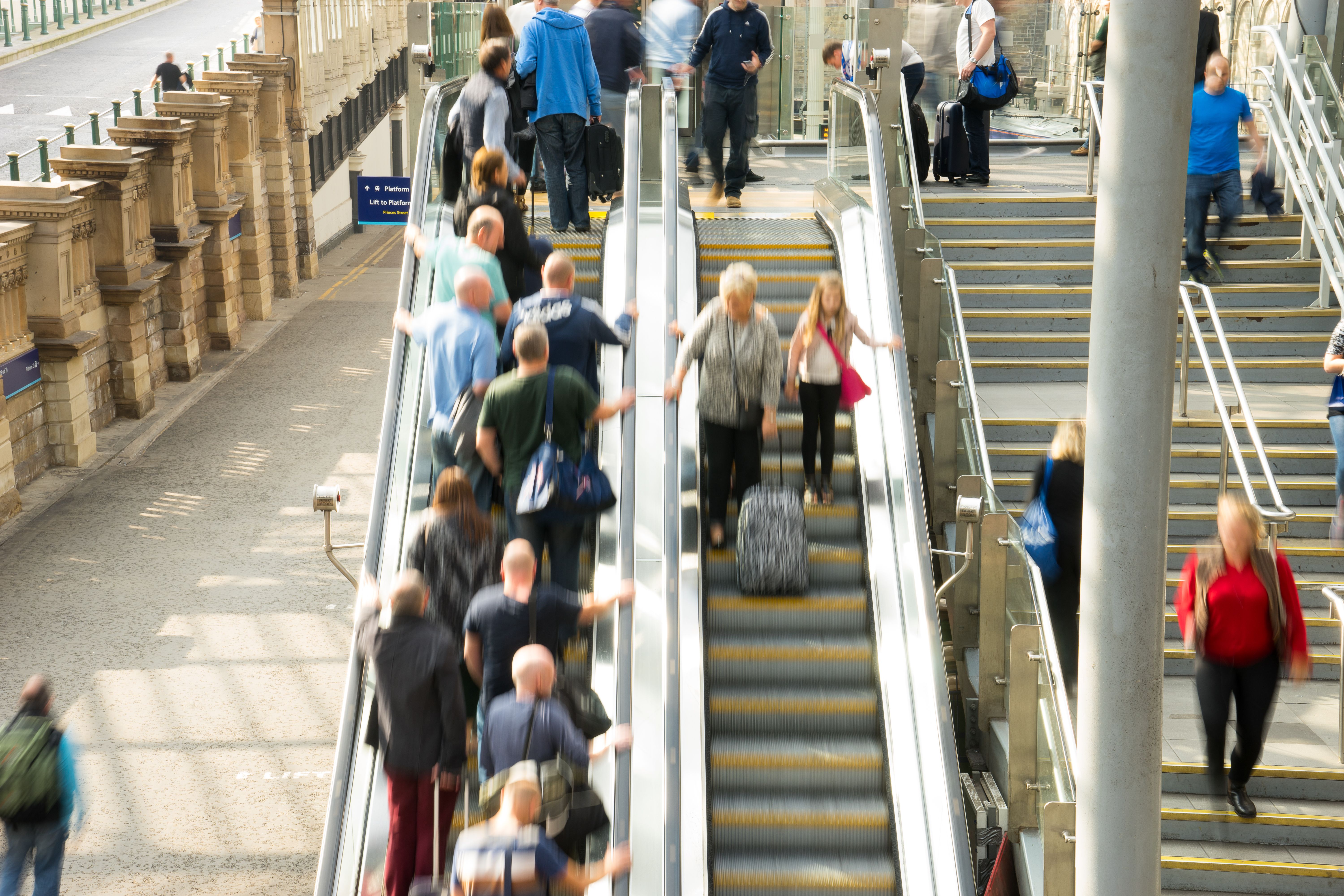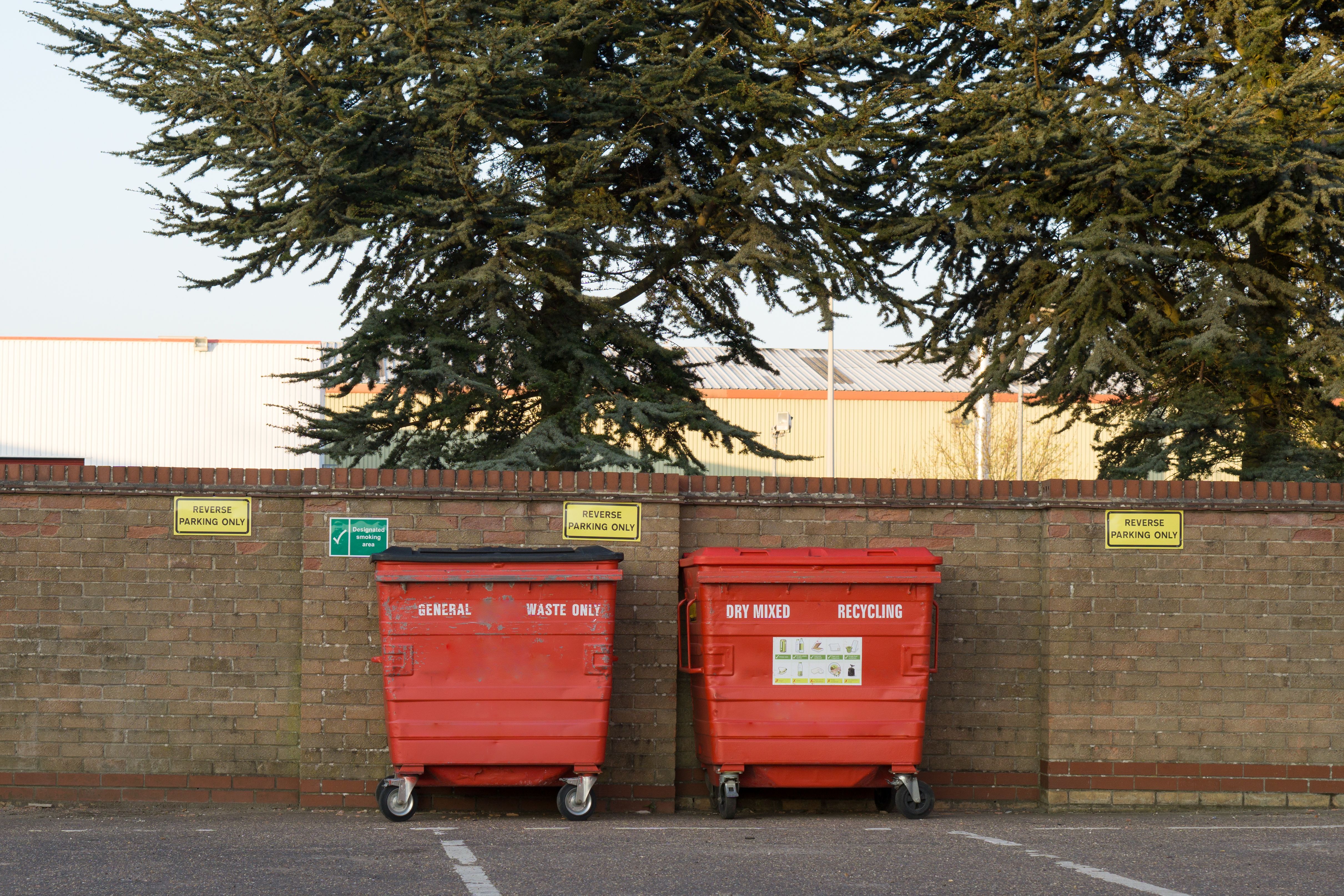Parking in cities
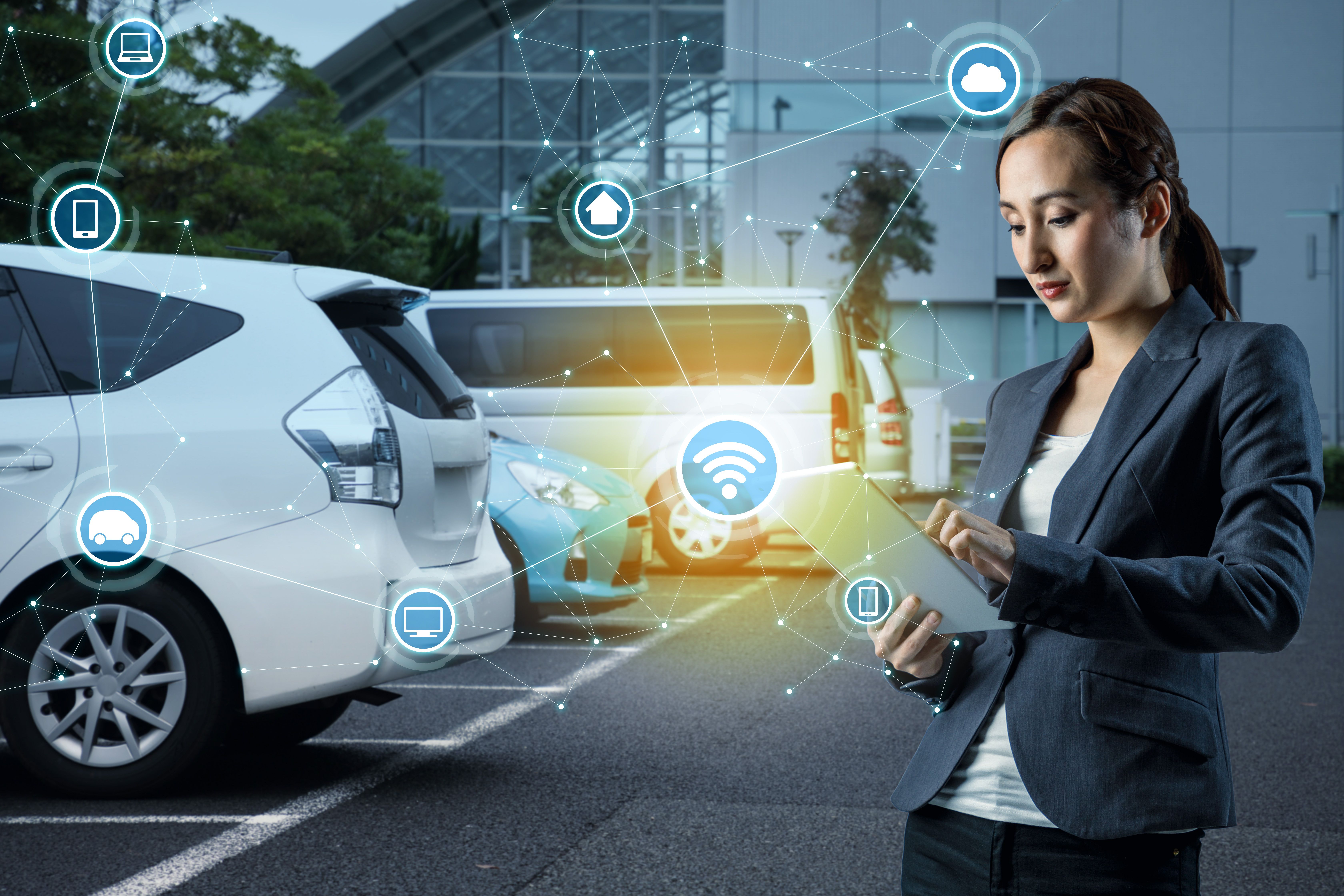
Challenge:
To optimise the use of parking spaces in cities to minimise congestion and maximise income
Could an IoT system solve this?
An IoT system could manage parking spaces to the benefit of the land owners, drivers and the environment
Method:
Sensors are embedded into the ground or mounted on nearby buildings to determine whether parking spaces are empty.
Result:
Via a mobile device, drivers are directed to a space without having to spend time looking for one. Parking space owners (private or public sector) manage land and space more effectively and ensure maximum revenue. Vehicle emissions are reduced when drivers no longer need to spend time driving around looking for a parking space.
Efficient buildings and hospitals

Challenge:
To monitor the ‘health’ of buildings and improve their utilisation. Estate managers and building owners often have little control over the heating, lighting and occupancy of large buildings. This wastes energy and increases costs.
Could an IoT system solve this?
An IoT system could help them better manage their buildings.
Method:
Sensors placed in rooms assess when rooms are empty or in use. At the same time, they monitor temperature conditions, humidity and carbon dioxide, noise and light levels.
Result:
Building managers adjust room comfort levels, save on energy used for lights and heating and make better use of their facilities. In social housing, this could identify potential health issues for residents from damp.
